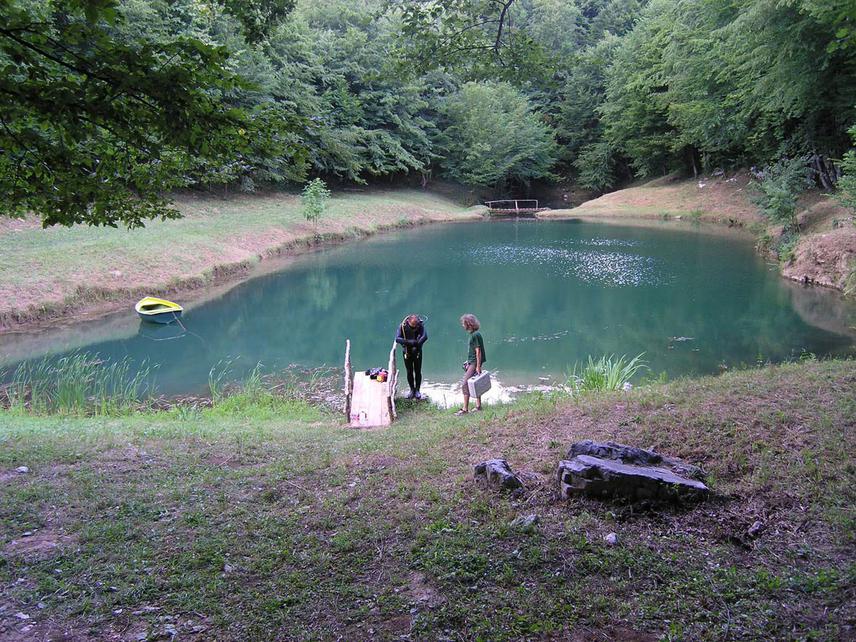Jana Bedek
Other projects
4 Dec 2006
The Conservation of Eunapius Subterraneus the Only Subterranean Freshwater Sponge in the World II – Croatia
The treatment of Eunapius as an "umbrella species" is a step towards achievement of the main goal, which is the protection of sources of drinking water and the entire subterranean fauna in the Ogulin area.

Karst caves with fauna can be found on all continents, but the Dinaric karst caves are by far the richest caves with fauna in the world! Eunapius subterraneus, Sket et Velikonja, 1984 (Porifera, Spongilidae), the only subterranean freshwater sponge in the world, lives in the Ogulin karst area (Croatia), one of the world's top ten endangered karst ecosystems according to the Karst Waters Institute, the USA (http://www.karstwaters.org/TopTen3/topten3.htm). The clean karst groundwater is important for the groundwater fauna, but is also a very important source of drinking water, and provides the basis for sustainable development in the area. The scientific results from the previous RSGs, such as a discovery of new species, new information on the Sponge living areas (15 sites in total), extremely high subterranean biodiversity at the global level with the species from the IUCN List, the Red List of the Endangered Plants and Animals in Croatia, the "Fauna – Flora Habitat" (cave salamander (Proteus anguinus), a famous subterranean animal) made a huge difference in conservation management in the area. The most important outcomes pertain to the inclusion of the entire Ogulin Plaški region and four caves in the National Ecological Network CRO – NEN and their proposal for Natura 2000 Network, mainly due to groundwater fauna.
Two main paths included in the plan will help achieve the mentioned goal. The first is conservation through a public awareness campaign, and the second is the scientific research. The scientific research will produce a required expert explanation for the Natura 2000 Network proposal, taking into account high subterranean biodiversity.
The main planned activities are:
1. Educational and Promotional Film
2. Educational Workshops
3. Open Lecture "Natura 2000 Region – What Does It Mean?"
4. Preparation for the Permanent Exhibition at the Ogulin Local History Museum
5. Research of Subterranean Biodiversity in the Area as the Basis for Natura 2000 Network Proposal
6. Example for Nature Protection through the Ogulin Cave Sponge as an “umbrella species”